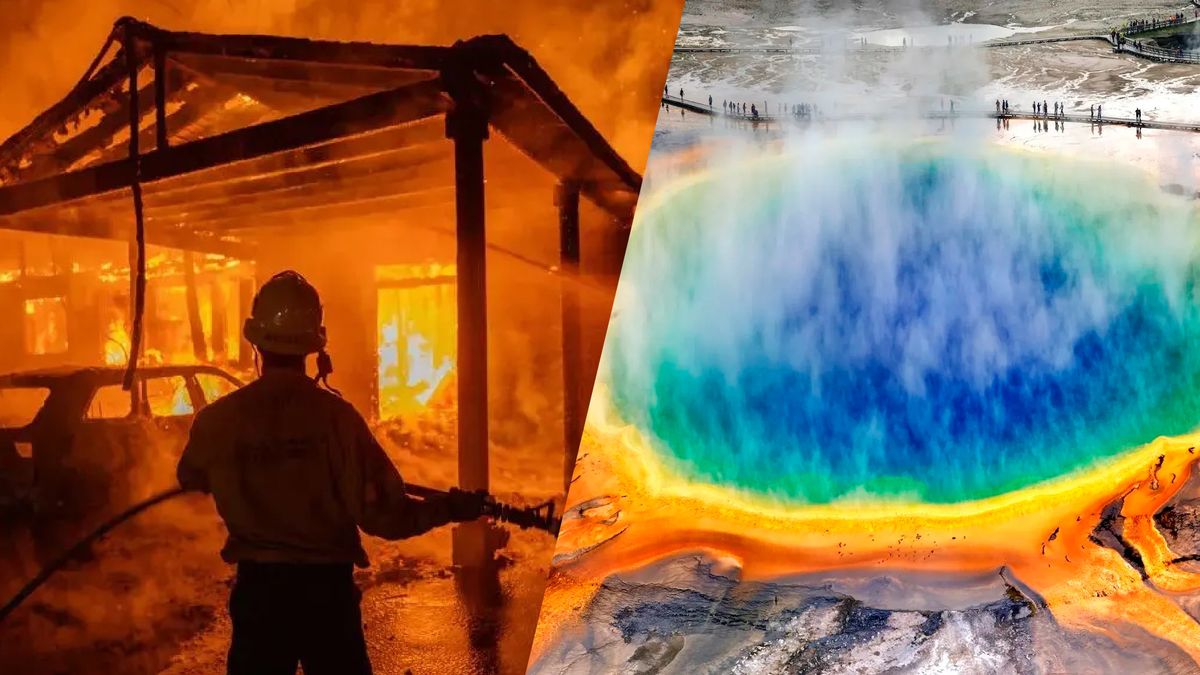The annual aerial bird survey of rivers and wetlands across the Murray-Darling Basin in eastern Australia has revealed a sudden drop in waterbird numbers, species breeding, and wetland areas.
Drier conditions over much of south-western and south-eastern Australia followed the record wet period of La Nina in 2020 to 2022, and has resulted in declines in markers of waterbird health to well below the long-term average.
“We know that when the floodplains dry up waterbirds do not have the food to breed in large numbers,” says Richard Kingsford, director of the Centre for Ecosystem Science at the University of New South Wales, who leads the aerial surveys.
“So, they concentrate on remaining lakes and swamps, which is what we saw this year.
“We had a good bounce in numbers in the flood years of 2021 and 2022, but numbers have now dipped below the long-term average again, with little breeding in 2023 and 2024.”
This year, surveyors spotted 287,231 birds, down from 579,641 in 2023.
The Eastern Australian Waterbird Survey has been carried out each October since 1983 to monitor changes in the distribution and abundance of 50 water bird species, as well as the health of rivers and wetlands.
But numbers of overall birds, species breeding, and wetland area – 3 of the major markers of waterbird health – have continued decline significantly.
“In the south-east of Australia, there has been a decrease in April to October rainfall of around 9% since 1994, and more frequent periods of below average rainfall,” Kingsford says.
“This has meant decreasing stream flows at most gauges across Australia since 1970, particularly in the Murray-Darling Basin, as recorded by CSIRO this year.”
According to the 2024 Annual Summary Report, these ongoing long-term declines have resulted from reductions in habitat area and persistence due to climate change, river regulation and water extraction.
The survey’s coordinator, Senior Scientist John Porter from the NSW Department of Climate Change, Energy, the Environment and Water (DCCEEW) says that drier conditions always affect waterbird breeding.
One positive outcome was a lack of any mass waterbird mortalities that might indicate impacts of avian influenza.










Leave a Comment